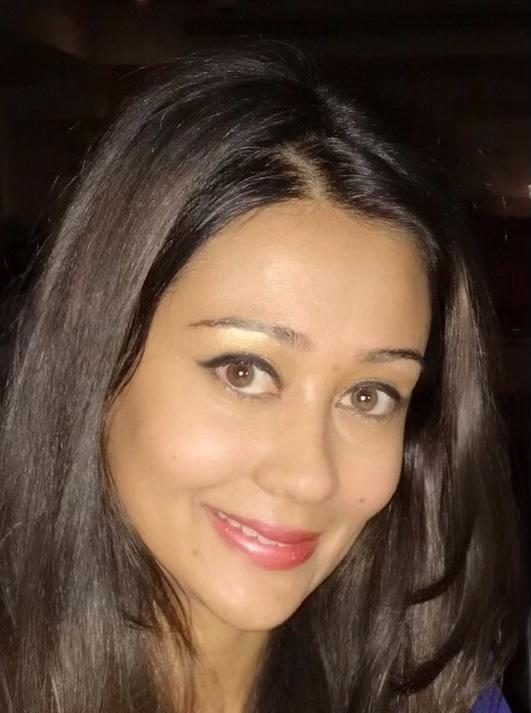I sat down with Dr. Katindi Sivi, one of Africa’s top seven female futurists, according to the Ross Dawson’s ranking, to demystify strategic foresight.
In the VUCA (volatility, uncertainty, complexity, and ambiguity) world we live in today, having a broad understanding of the disruptions in industry and society can help companies and individuals identify critical threats or great opportunities. Being able to recognize patterns and see the hidden connections between drivers of change in the environment can be a powerful skill to leverage. If you can expand the time horizon, you will notice that a variety of possible futures emerge. This forms the basis of strategic foresight.
I sat down with Dr. Katindi Sivi, one of Africa’s top seven female futurists, according to the Ross Dawson’s ranking, to demystify strategic foresight. She is the founder of Kenya’s premier strategic foresight organizations, LongView Consult and LongView Futures Foundation that facilitate strategic foresight work in Africa. Dr. Sivi is an adjunct lecturer at Strathmore University where she teaches strategic management courses. She explained that simply put, strategic foresight is the art of thinking about what is ahead of you and envisioning how the world could look like in the future. You can think of the future as scary or be proactive and prepare for it. She recommends that people and organizations can, ‘think, prepare, and shape’ the future.
Foresight thinking involves seeing trends, recognizing patterns, and envisioning future possibilities. Through this process, organizations and individuals can be empowered by discerning between what they can or cannot control. Brooding over the latter is useless, but by shifting gears and focusing on what can be controlled, can pave the way for shaping the future. By understanding the systems and structures that shape the way things work, one can find new ways of doing things that challenge the status quo. For example, in Kenya, traditional banking catered to only 26% of the population until the people who invented the m-pesa mobile application, changed the narrative about the norms in the financial system. All of a sudden, 100% of people were included in the formal financial system and today, mobile banking is the standard operation in Kenya. This is an example of shaping the future.
Dr. Sivi asserts that all companies are set up to solve problems. However, if they become solely focused on profits, they often miss out on opportunities to create systems and structures that are transformational for their long-term survival. Many organizations do have a vision of their preferred future and will take the necessary actions to proactively realize that future. However, management teams must accept that there are multiple scenarios that are possible and being intentional about using strategic foresight techniques to map these scenarios out can be game-changing. Organizations that are prepared for different possible outcomes design strategies that enable them to be agile and proactive in responding to any eventuality, to be early adopters when unique opportunities arise, and also to influence developments in their favour.
Individuals are conditioned to believe that the world is a given and that they have limited control beyond their own personal space to have any influence over it. Foresight challenges this mindset and shows people that they can shape their destinies, influence others, and impact their communities positively. Rather than being ‘stuck in the proverbial grind,’ an individual can transcend their immediate reality by leveraging strategic foresight to unlock possibilities. With a good understanding of themselves and the environment, individuals can strategically position themselves to respond to future possibilities creatively.
In addition to scenarios building, the three horizons framework, is another useful tool in foresight that can be used by both individuals and companies to strategically envision future possibilities. The model is based on the observation that businesses, technologies, political policies and even whole civilizations exhibit life-cycles of initiation, growth, peak performance, decline and even death. This tool uses three horizons: Horizon 1 captures the status quo and seeks to determine what current aspects, are becoming obsolete and will be irrelevant in the future. This horizon is useful in helping organizations think through change management processes in order to remain relevant; Horizon 2 captures aspects that are now the new ways of doing things, which organizations must leverage on before the opportunities plateau. This horizon is useful in designing new business models and core capabilities to take advantage of new customer bases, markets, or targets; Horizon 3 captures emerging seeds of change that are not as obvious or visible to most people, but which will become future disruptors. This horizon allows businesses to envision future capabilities that they can use to become early responders, adopters, change makers, or to counter disruption.
Scenarios building and three horizons are among many other foresight frameworks that help policy makers, entrepreneurs, and leaders in general, to become future smart and future ready – two critical elements in the 21st century that are necessary to bring forth positive societal transformation.
Article by Shailja Sharma, SBS Faculty Member and Leadership and Career Coach
Share This Story, Choose Your Platform!
Your journey to business excellence starts here. Subscribe today and be at the forefront of innovation and leadership.









